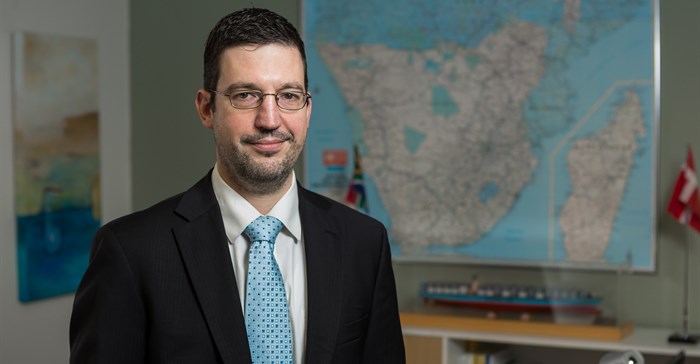Intra-Africa trade a key catalyst for growth

“In light of Africa Day, a day to celebrate the progress that the continent has made, while reflecting upon the challenges we face in a global environment, it is important to note the role of intra-Africa trade as a catalyst for growth across the continent. Currently, intra-Africa trade only accounts for 10 – 12% of trade on the continent. This is in comparison to the high levels of intra-regional trade recorded in Europe (60%) and Asia (40%).
“Amid falling commodity prices and looming projections of decelerated GDP growth, intra-regional trade is not playing the role on the continent that it could, which is largely due to the nature of the goods being produced. Many African countries extract and export primary commodities, but rely heavily on imports for manufactured goods. Increasing the production and export levels of manufactured goods will increase the level of intra-Africa trade,” Conroy says.
This view was echoed by South African Trade and Industry Minister, Rob Davies, during the recent launch of the eighth iteration of the Industrial Policy Action Plan to 2018-19. Davies said that the economy needed to break its dependence on raw commodity exports by moving to “more diversified manufacturing-based
value-addition”.
Addressing restrictions
Conroy, however, notes that the lack of infrastructure and scale pose massive restrictions in Africa. “Consumer markets are smaller, which means less profit incentive, and we simply don’t have the scale that Asia, for example, has. Infrastructure investments, therefore, need to be continually activated to address these restrictions. “Today, one-third of the annual spend on infrastructure globally stems from private companies. The Maersk Group, for example, has contributed to efficiency gains in Apapa terminal in Lagos, which is now one of the most modern and efficiently-run terminals in Africa,” Conroy adds.
A positive example of how manufactured exports can boost economic development is South Africa’s automobile industry. “We see a huge demand for vehicles that are manufactured in South Africa in other African countries such as Nigeria, Mauritius and Madagascar. As a result, we are seeing positive growth in vehicle exports to the rest of the continent,” says Conroy.
Another shift that Conroy points out as necessary in driving levels of intra-Africa trade is the standardisation of regulations across the continent. “Essentially, there are 54 countries in Africa and 54 different sets of rules, which results in additional red tape for trade partners. The simpler and more standardised these regulations become, the more intra-regional trade we will see happening,” he says.
Developing networks and partnerships can also positively impact trade activity on the continent, Conroy explains. “Having networks and partnerships within the countries that businesses trade in is essential, and too often, should networks not exist, countries continue to do business with the partners that they have always done business with. For example, maybe Nigeria has always sourced in Asia simply because they don’t have a contact in South Africa. With operations in virtually every country on the continent, we assist clients to develop these networks in regions that they may not have had in the past.”
Boosting trade, developing African economies
Despite the challenges that exist in Africa, Maersk Group is very confident in the opportunities that Africa offers trade partners and businesses, says Conroy. “Maersk has recently relocated the head office of Safmarine – one of our core brands - from Copenhagen to Cape Town. This move signifies how committed we are to the development of African economies, and how we are continually looking to strengthen our clients’ ties to the rest of the continent.”
While intra-regional trade in Africa has seen a recent decline, largely due to the weakening oil price, Conroy remains optimistic about the long-term outlook for the continent and confirms Maersk’s commitment to enabling trade across the continent. “We are constantly mapping out the African market and reevaluating the demand for new and innovative products in the region. The direct South Africa-Pointe Noire product is the latest in a series of new Maersk products that have been released to boost trade on the continent, an exercise that will continue over the next few years,” he concludes.












